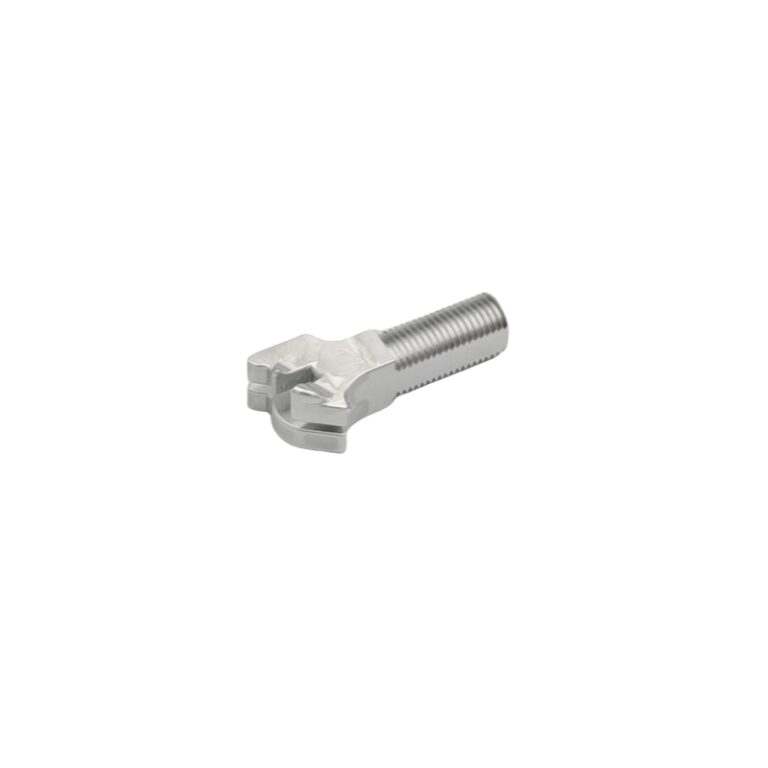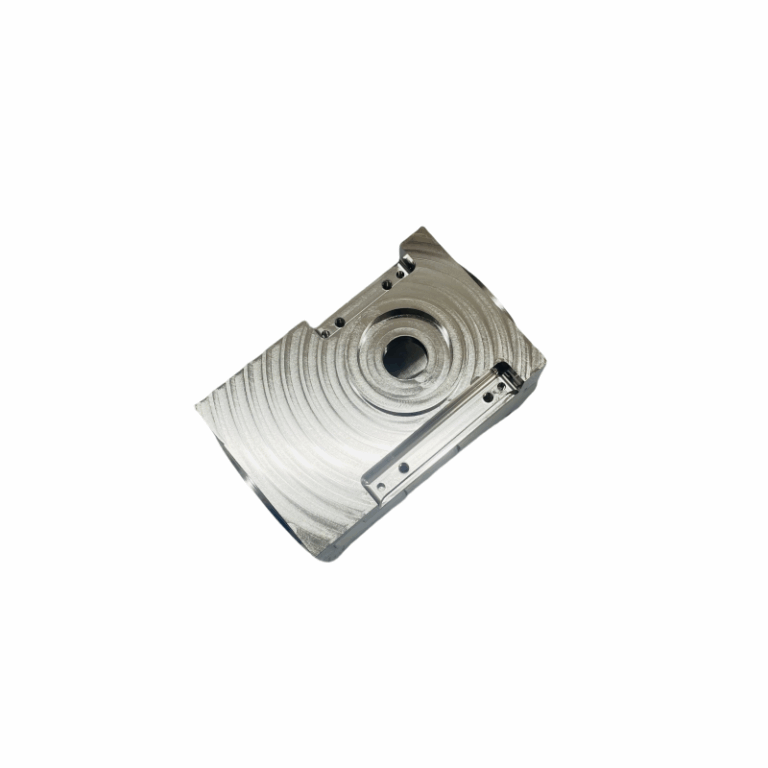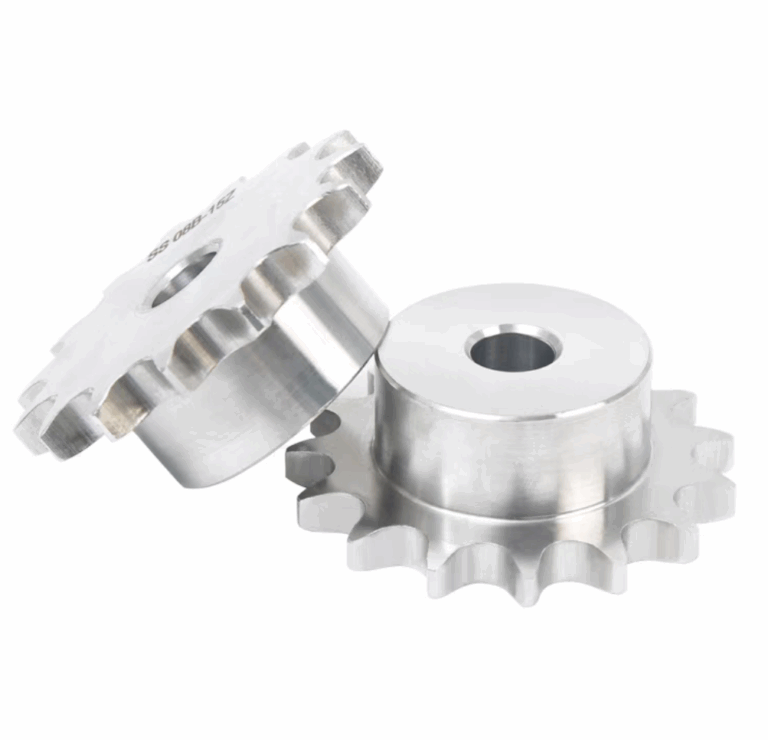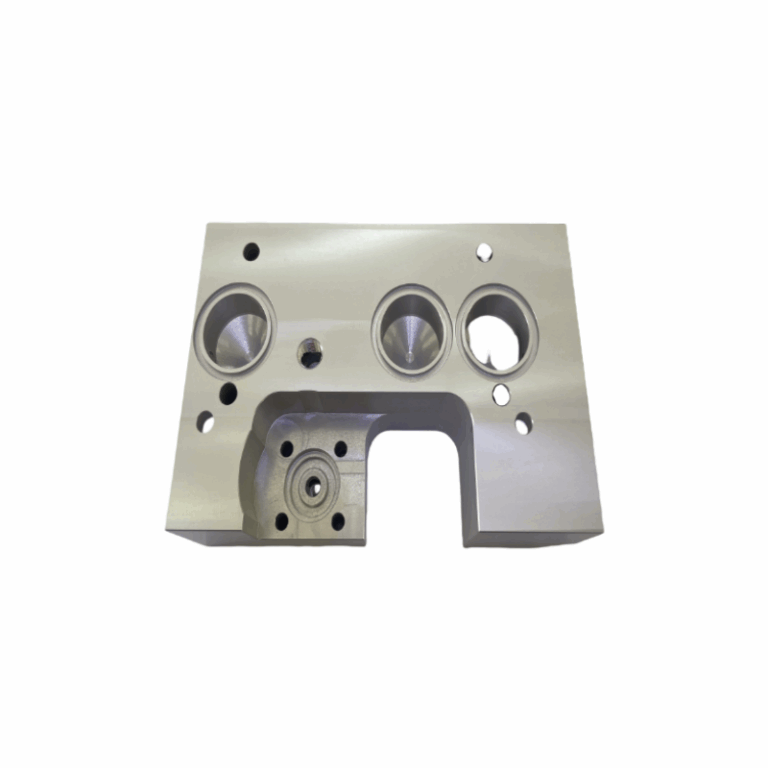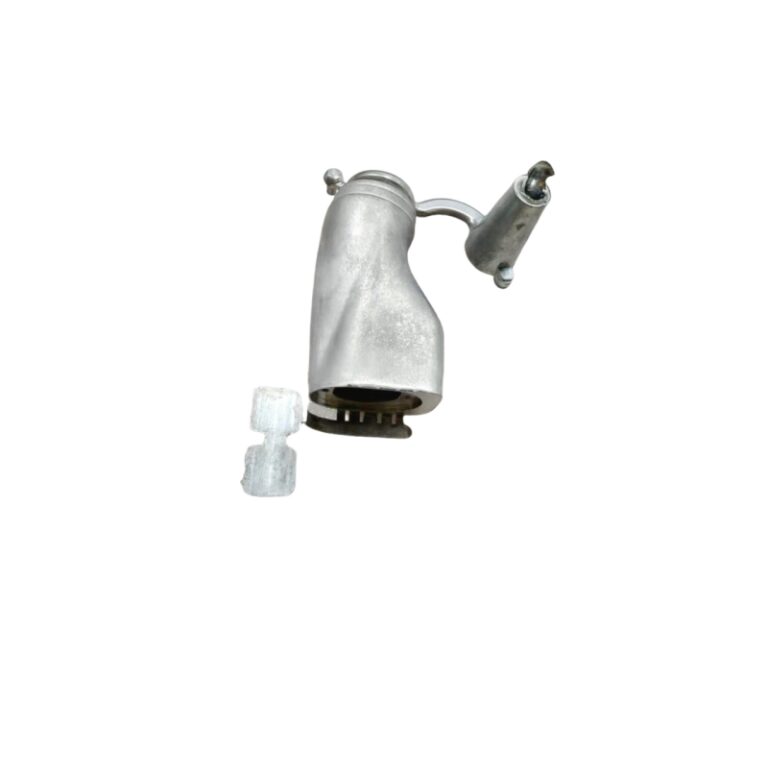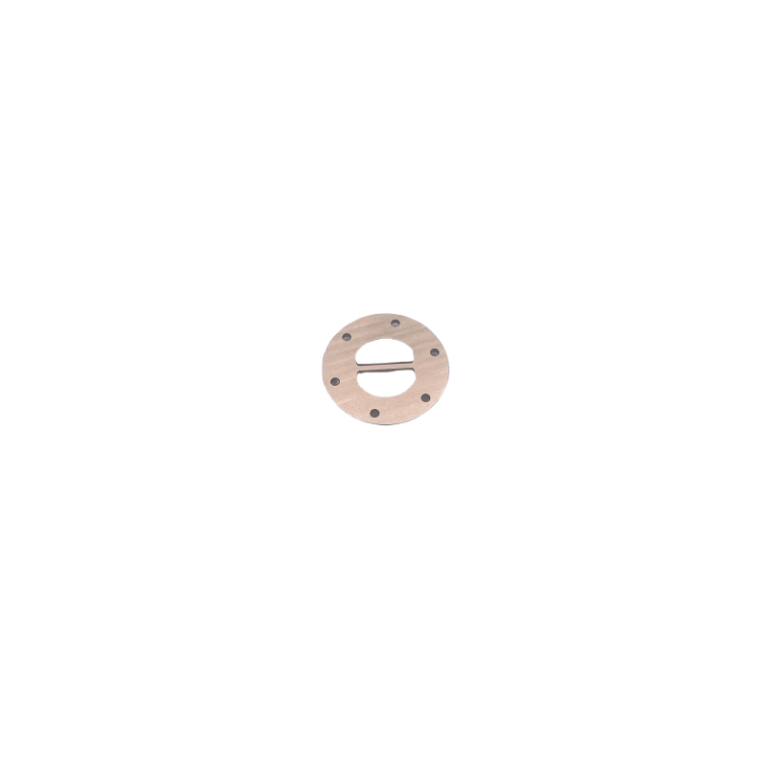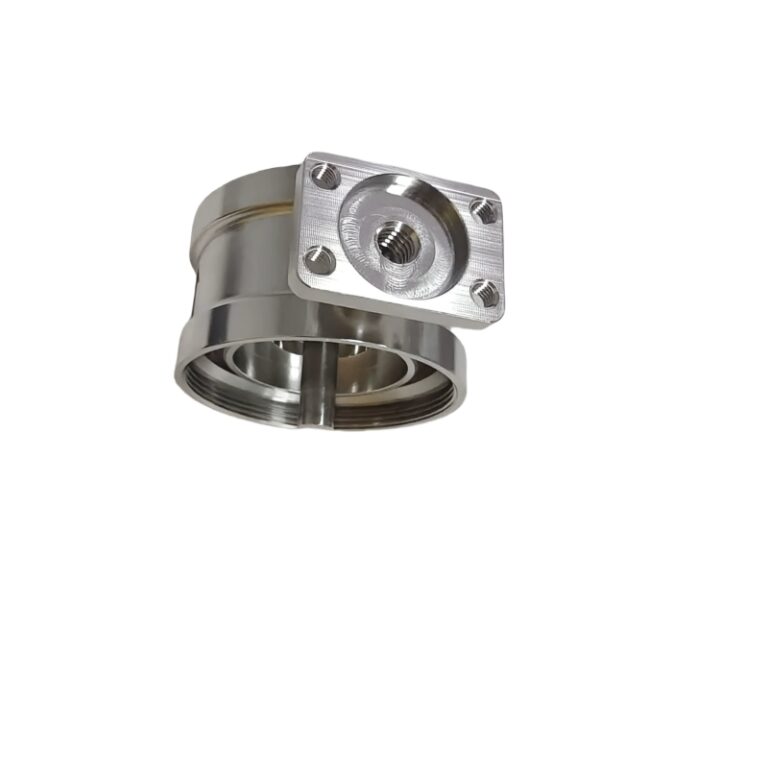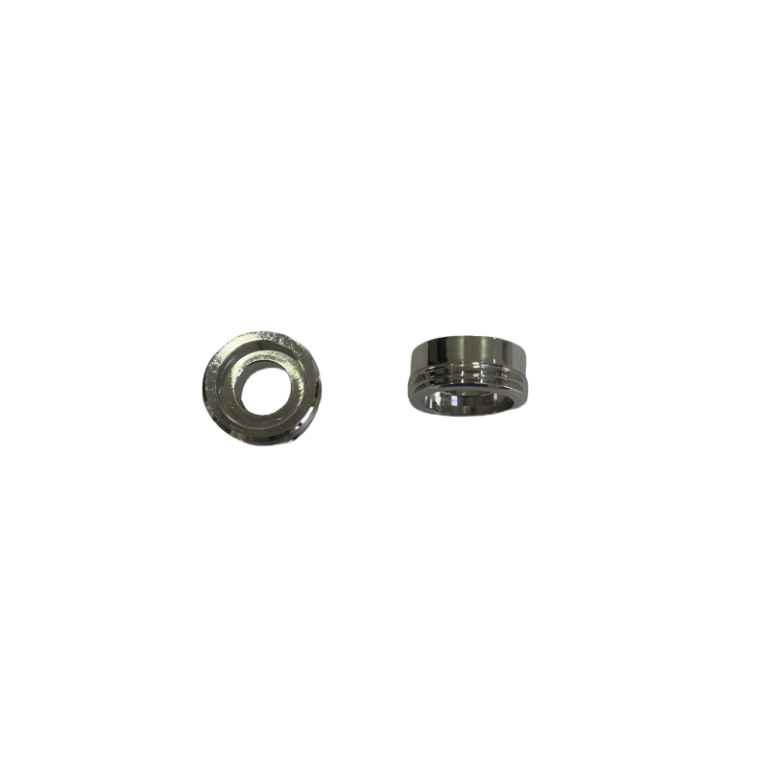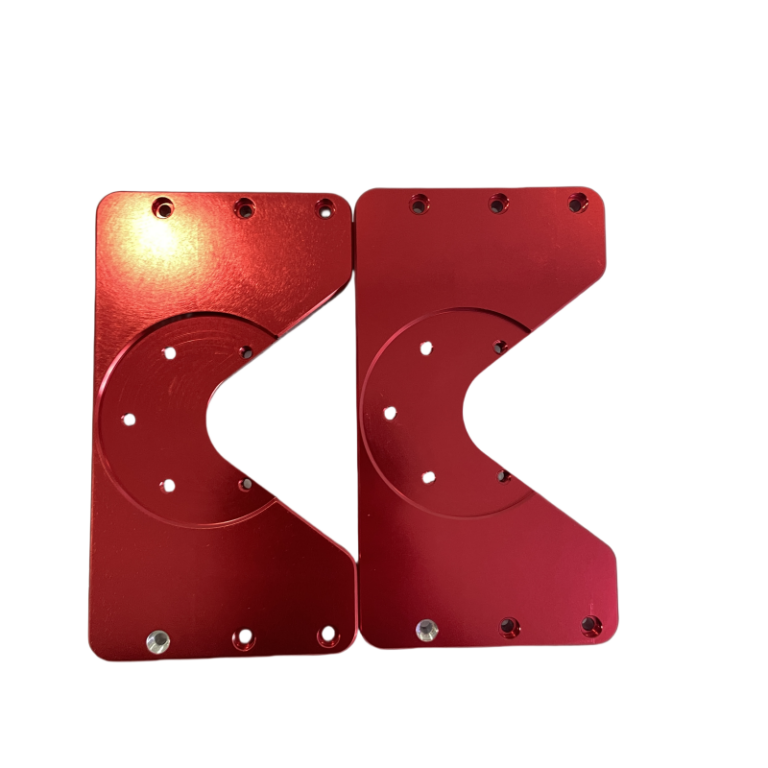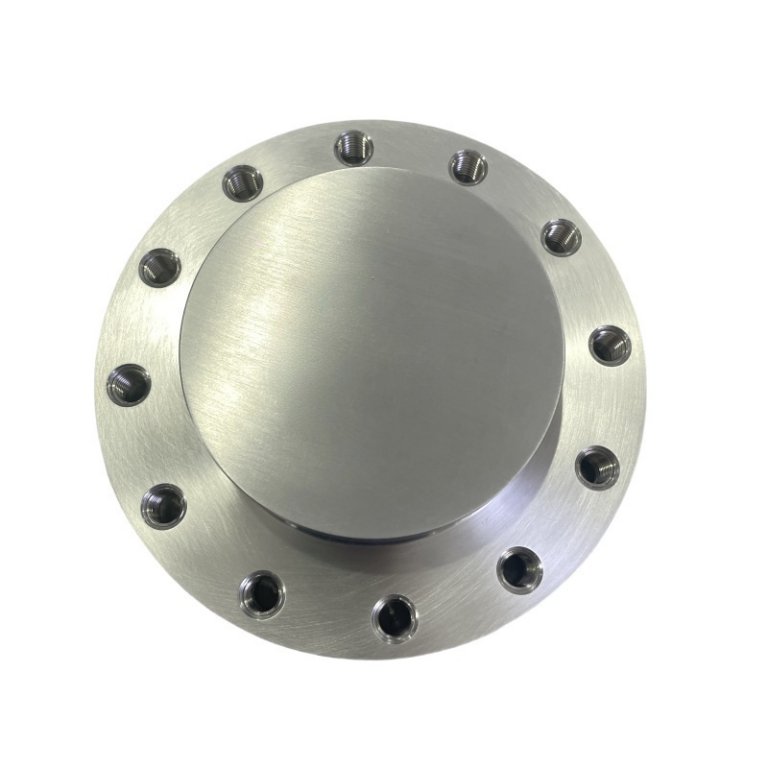The aerospace industry includes all types of air transportation, from large Boeing 747 jets carrying hundreds of passengers to spacecraft rockets designed to explore the International Space Station, the Moon, and Mars. Based on this long-term maintenance, they must be achieved with incredible accuracy and precision.
What is Aviation CNC Machining?
Aviation CNC machining manufactures assembly and maintenance parts for aircraft and space shuttles. In the aviation industry, aircraft often require CNC machined parts, kits, and assemblies. Aviation equipment and aircraft require the best components to assemble hinges, bushings, valves, fixtures, or other custom parts from the highest quality metals. Titanium and Kovar are most commonly used for aerospace components by aviation parts suppliers, besides include stainless steel, Inconel, aluminum, brass, bronze, ceramic, copper, and other specific types of plastics are also popular used for aviation parts.
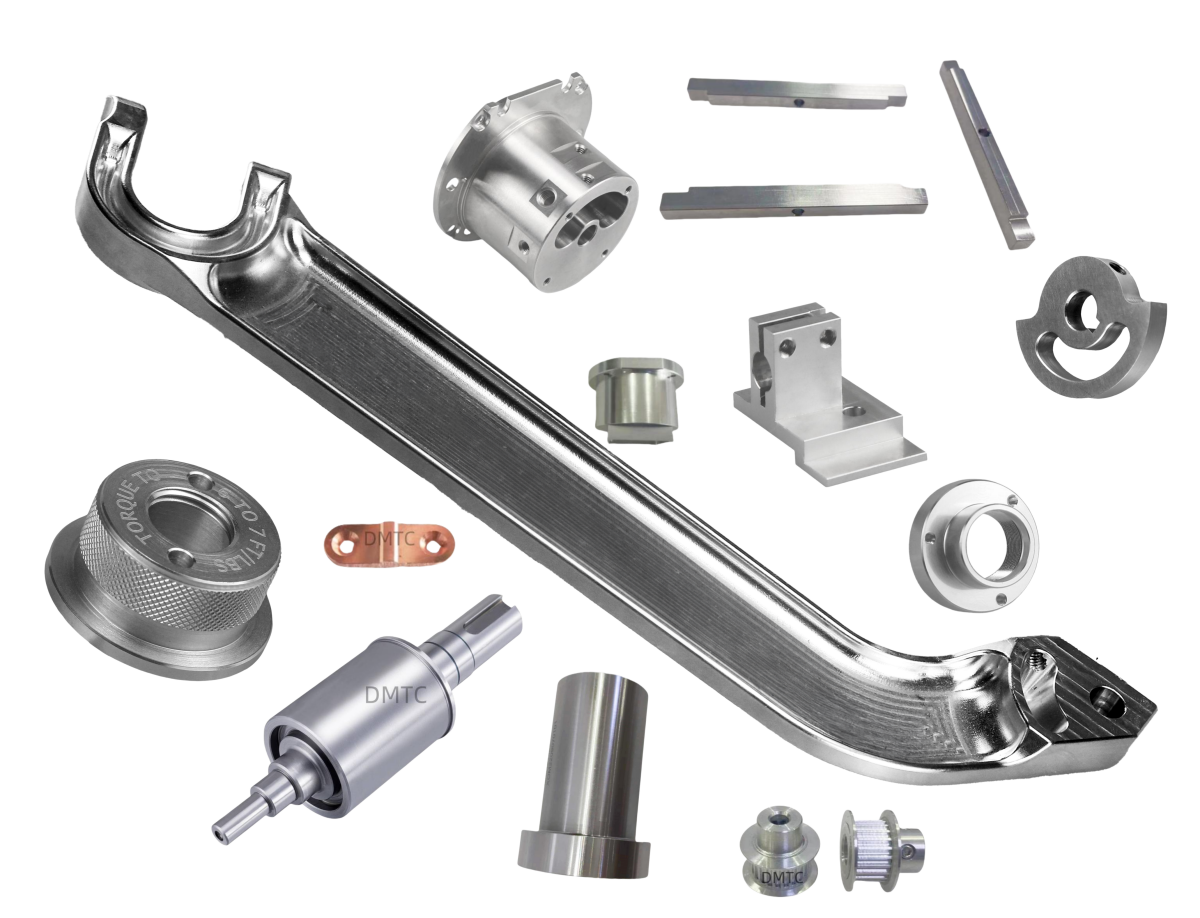
Aviation CNC machining materials:
An important part of aerospace industry engineering is material selection. Aerospace manufacturing requires materials with superior strength, reliability, and wear resistance to ensure they are ready for ever-changing conditions and demanding structural loads. Here are some of the materials that aviation parts suppliers need for machining:
Stainless Steel: Stainless steel is a viable alloy material for a variety of aerospace components. Stainless steels resist corrosion and high-temperature oxidation because their chromium produces a rich oxide film. Common aerospace parts for stainless steel include fuel tanks, exhaust components, aircraft panels, high-temperature engine parts, and parts that require welding.
Aluminum: Aluminum has long been a staple in the aerospace industry. Aluminum is nearly a third the weight of stainless steel, it helps to improve fuel efficiency and weight margins and is generally cheaper and easier to machine. But it is also a more efficient conductor of heat, making it less suitable for parts that require higher heat resistance and more difficult to weld.
Titanium: Titanium is an attractive choice for aviation parts suppliers because it is lighter than aluminum but has impressive heat and corrosion resistance. From frames to engines, aviation parts suppliers treat titanium as an ideal solution for complex aerospace components.
High-temperature super alloys: The super alloys and metal alloys are characterized by heat resistance, corrosion resistance, lightweight structure, and high strength. Superalloys are usually the best choice for the hottest part of jet engines, turbine, and compressor stages. Some of the superalloys aviation parts suppliers use are nickel superalloys, cobalt superalloys, and iron superalloys.
High-performance plastics: While metal parts have more applications in the functional structure of aircraft, many interior parts come from polymer-based materials. These materials are much lighter than metals. They can be produced in parts such as interior wall panels, ventilation ducts, aircraft doors, wiring ducts, bearings, etc. They are aviation-grade plastics that are lightweight, strong, and meet aerospace flame-retardant regulations.
Application of CNC aviation parts:
CNC machining aviation parts cover a wide range of applications in the aircraft industry. From commercial aircraft to private jets and military aircraft, countless components benefit from the precision and efficiency of CNC machining. Some common CNC machining aerospace parts include:
Aircraft Engine: Aircraft engines are composed of many complex parts. They include pistons, turbine blades, and compressor housing, etc. The piston is a key component of the engine cylinder. It needs to be precise and strong. Turbine blades have complex shapes and high operating requirements. Compressor housings need to withstand high-pressure and high-temperature conditions. All these parts are ideal for CNC machining.
Landing gear parts: The landing gear is a critical part of any aircraft as it supports the aircraft during landing, take-off, and taxiing. The main struts support the weight of the aircraft during landing. The torsion link prevents landing gear rotation while providing flexibility. CNC machining ensures the necessary precision and strength of these parts.
Aircraft structural parts: Structural components of the aircraft, such as wing spars, fuselage frames, and seat frames, are manufactured using CNC machining by aviation parts suppliers. Spar holds the wing in place. As the main body of the aircraft, the fuselage frame needs to be strong. Seat frames are also very important when it comes to the safety of passengers and crew. CNC machining can produce these critical parts with the required strength and precision.
Electrical connector: Electrical connectors are one of the key components in the aerospace industry. They are the assurances of the complex machines. CNC machining is widely used in the manufacture of aerospace electrical connectors. Electrical connectors are used for communication, flight control, and navigation in commercial aircraft.
Shafts: Shafts in the aerospace industry play an important role in power transmission. Aviation parts suppliers use suitable materials to manufacture shafts. Shafts are usually made of high-strength steel that can meet stringent performance requirements. CNC machining is ideal for manufacturing these shafts.
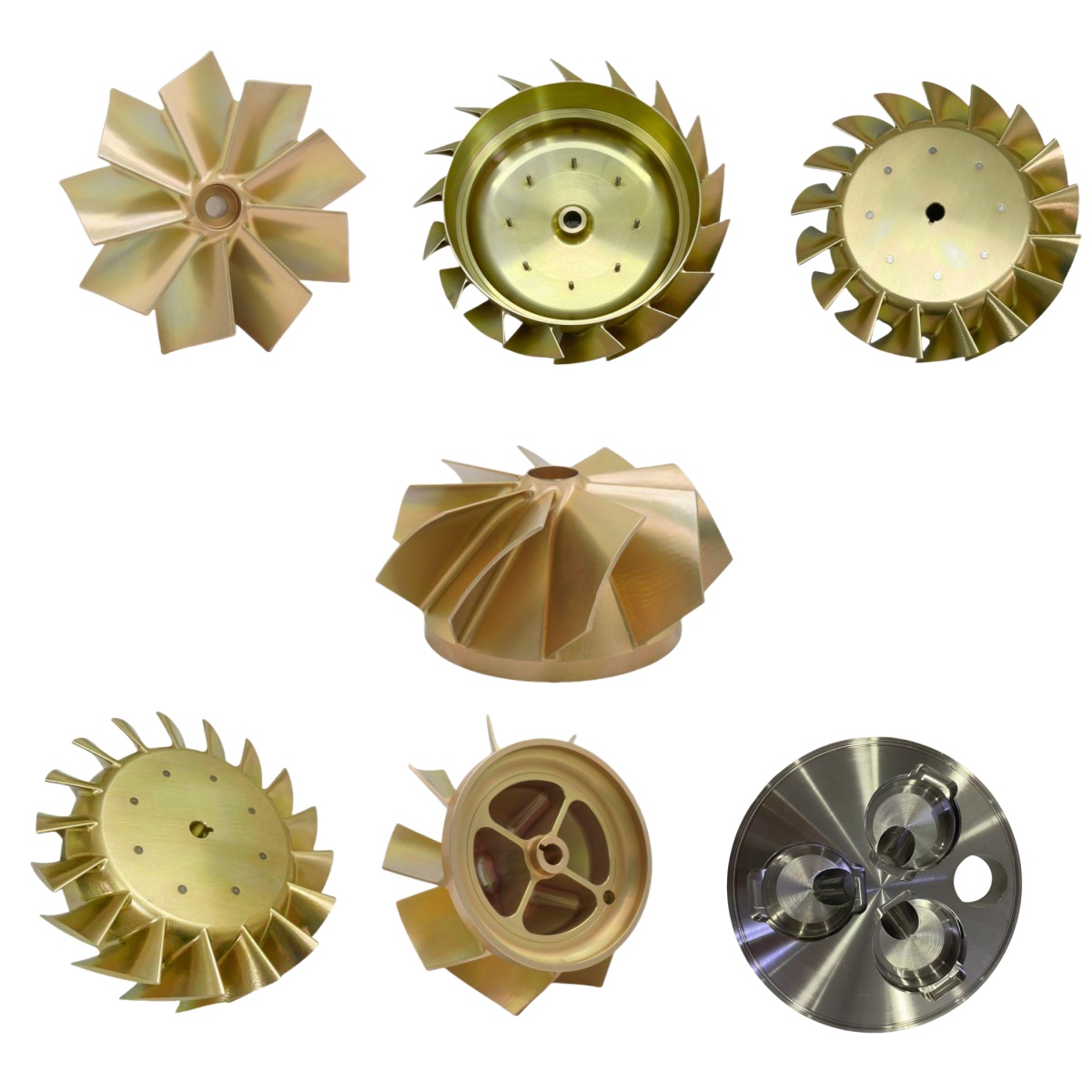
DMTC Aerospace CNC Machining Capabilities
3-axis CNC machining
Most of the requirements of the aerospace industry can be best met by 3-axis CNC machining. The 3-axis CNC machine is a reliable workhorse for manufacturing parts. It manufactures aerospace machined parts with precision and very little dust or noise, it is generally easy to use. One of the significant advantages of 3-axis machining is that it can produce parts at extremely high speeds.
Learn more about 4-axis CNC machining
5-axis CNC machining
5-axis CNC machining produces complex aircraft parts. Using this aerospace machining method, parts can be milled, drilled, and moved along X, Y, Z, and rotational planes. These operations can be performed simultaneously without fixturing or reconfiguration. Complexity is valuable in the aircraft industry because it helps products become lighter.
CNC machining has had a huge impact on the aerospace industry by introducing previously unattainable precision, scalability, and versatility. CNC machining allows aviation parts suppliers to produce complex parts with precision and consistency, which is critical to ensuring the safety and reliability of aircraft parts. As one of the Chinese aviation parts suppliers, DMTC is an experienced manufacturer in the production of CNC-machined aerospace parts. With our advanced 5-axis CNC machining centers and experienced engineers, we consistently meet the expectations of customers in the aerospace industry. Send your inquiries now!

